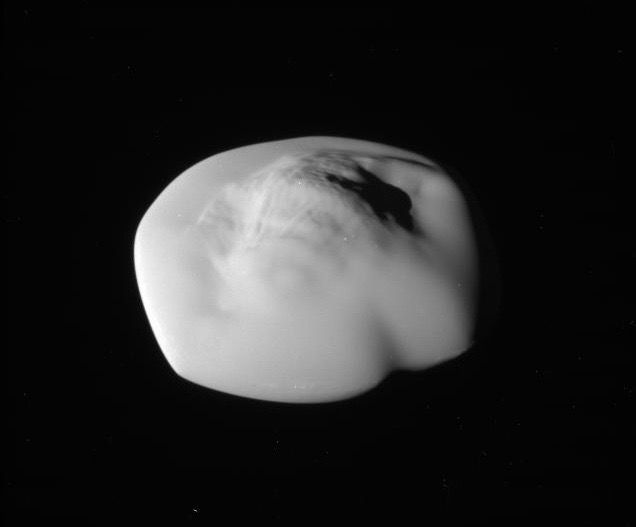


Either the responsible moonlet is being swayed by some unidentified resonance with another, larger moon, or it's being bumped and jostled as it circles Saturn.Īnother view of the "propeller" dubbed Earhart, taken a couple days after the planet”™s August 2009 equinox, reveals a long shadow cast by a bright segment of disturbed ring material that's 80 miles (130 km). The long string of observations shows that Blériot hasn't always turned up where expected: it sometimes precedes or lags its expected position by hundreds of miles. The one dubbed Blériot after French aviation pioneer Louis Blériot, appears in more than 100 Cassini images and was even observed by the spacecraft during a stellar occultation. To help tell them apart, Tiscareno has given 11 of them nicknames that honor early aviators (Lindbergh, Earhart, Sikorsky, Richthofen, and so on). These bigger specimens lie farther from Saturn than their smaller siblings, in a 2,000-mile-wide strip between the Encke Gap and the A ring's outer edge. But recent work by Tiscareno and others, just published in Astrophysical Journal Letters, has turned up a family of relatively large ones - some of them thousands of miles long - that Cassini has been able to track for up to 4 years. Until recently, the propellers were thought to be furtive, now-you-see-'em-now-you-don't features created in the dense pancake of ring particles surrounding Saturn. The large propeller nicknamed Earhart is located in Saturn's A ring just outside the Encke Gap (wide dark band). His best-guess estimates suggest that the embedded moonlets have to be at least 1,000 feet (300 m) across to make themselves known. He's concluded that the twin "blades" appear to be voids with relatively few ring particles or regions of close-packed particles, either of which can look bright against the background ring. "Propeller Man") has intently followed these curious features since their discovery by Cassini in 2006. Predicted to exist even before the craft's arrival, they're apparently caused by tiny moonlets embedded within the ring - too small to be resolved in images, but massive enough to disturb the flow of particles in their vicinity.Ĭornell researcher Matthew Tiscareno (a.k.a. Cassini's cameras have spotted thousands of them in three narrow zones within the A ring, the outermost of the planet's main bands. Take, for example, mysterious twists of icy rubble dubbed "propellers" because of their distinctive shape. This feature probably results from a tiny, unseen moonlet about 0.5 mile (1 km) across. Likewise, km^2 refers to the objects height and width.The largest "propeller" yet found in Saturn's A ring, nicknamed Blériot, sports a pair of bright "blades" about 70 miles (110 km) long. It refers to the size of the object, height, width and depth. The orbital eccentricity is 0.0012, it is the degree at which Atlas orbits close to a circular (0) orbit as opposed to an elliptical (1) orbit.Īs I was asked by someone to clarify what km^3 means, it means Kilometers Cubed, i.e.

The orbital inclination, the angle at which Atlas orbits in relation to the orbital plane is 0.3 degrees. The is the average distance in km of the object is from its parent 137670.00. The Mean orbit velocity, that is the speed at which it orbits is 59870.30 km/h. It is expressed in as a decimal with 1 being equivalent to Earth's surface gravity. The surface gravity of the said item is 0.002. The surface area of Atlas is 2,865.26 Km^2. The equatorial circumference of Atlas is 94.9 km.
#Saturn moon atlas pancake free#
The larger an object is, the more velocity (speed) is needed to break free from the object.The semi-major axis of the orbit is 137.67 10^3Km, which is the furthest point from the centre to the edge of an elliptical point. The Escape Velocity is the speed an object needs to be travelling in order to break free from the objects gravity. The Escape Velocity of the object is 27 km/h.


 0 kommentar(er)
0 kommentar(er)
